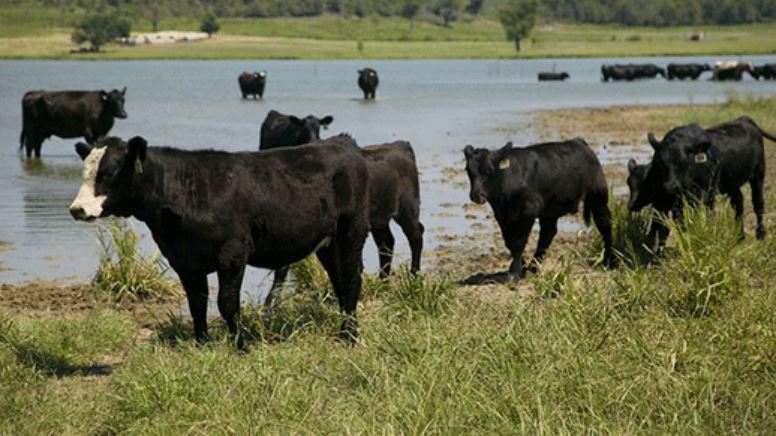
Rain has fallen across drought-stricken areas in Oklahoma giving cattle producers a reason to smile again. At Stockman’s Livestock Auction in Apache, Bob Rodenberger says the market looks good and producers are in a better mood, “Runs in the city were light, a lot of that was all due to excessive rain where they were they couldn’t get to them. Yesterday, we had a normal run. We ended up with 1600, and this market is good. What’s crazy is the grazing cattle and cattle weighing six and down. I mean, people were fighting over them. The feeder cattle market is still good, a little bit of concern on demand. Moving the product at the level it’s at but we’re still moving it. The Pipelines kind of plugged up a little bit with all the cattle being moved off of wheat. Even though we don’t have nearly the amount of cattle they still all got to come at the same time and there are only so many trucks, and you can only load so many a day and all these places, but in general we’ve got a positive good market and positive attitude.”
This week the coverage on Livestock Protection has increased from $226 cwt to $235 cwt on 8 weights steers on September contracts; Rodenberger says the purpose is to cover producers on those ‘black swan’ type events, “What if China decides not to buy anything? I mean, or what if our brilliant government makes some implementation that uses agriculture as a political bargaining tool? I mean, that’s the things that it protects you against, and that’s what we need. I mean, you know, if you can pay back the bank, make your crop payment, your grazing bill, your interest, that is a huge victory.”
Rodenberger expects the runs to be lighter over the next few months as we enter the summer months, “The calves being born now, the September October, November sales, the calves born in the fall. Normally, you know, start coming to the end of July 1 of August. Now we are seeing some of those cattle come to town because there are areas that still are behind on grass and are still trying to hold on to their cows. And I mean, at this price, you know, a three-weight calf for $1,000, and a 4 weight calf for 1200, and a five-weight calf at 14-1500. They’re not losing anything. They’re way ahead of where we were a year ago for what the value per head of an animal so it’s still a win for them.”















